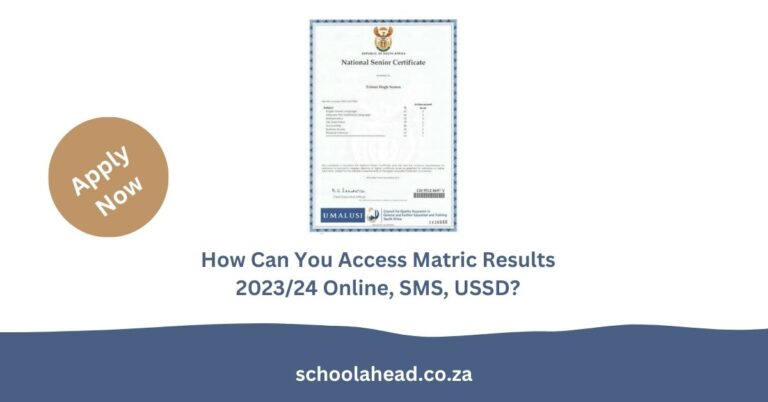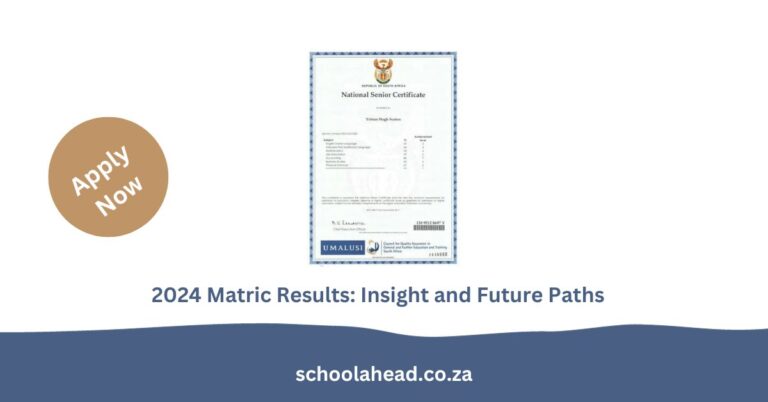The purpose of your cover letter and CV is to invite you for an interview . You substantiate your motivation (why am I applying for this job?) and why you are suitable for the role. Your CV is clearly laid out and provides the recruiter with a quick answer to the question: “does this person have the right education, knowledge and experience?”
Which is more important, your resume or your letter?
Some swear that the cover letter is a cover letter with the resume, others believe that the letter is decisive in determining whether you are invited for an interview. Even the books about applying for jobs differ on this. In general you can say: letter and resume are both important and have their own purpose.
Your resume tells who you are and what you can do
Your resume is often the first thing people look at. If your resume does not meet the requirements of the vacancy, your letter will often not even be read. A resume provides factual information about you: who you are and what you can do. All relevant work experiences, education, skills and qualities should be reflected in your CV. This gives the recruiter a picture of your skills, your work level , your knowledge and your work experience . The challenge is to do this briefly , concisely and clearly , a CV should usually not exceed two pages. There are several models that can help you build your resume .
In your CV you naturally emphasize the elements that are important for a certain position. Plus, make sure you sell yourself on your resume. You do this by bringing out your good qualities and not including your weaknesses or as inconspicuously as possible. You portray yourself as the ideal candidate.
What do you put in your resume?
- Personal details : these are usually your name, address, telephone number, e-mail address, date of birth, driver’s license and when you are available .
- Your education (from secondary school), possibly including your subject packages, specializations and the subject of your thesis.
- The work experience you have, tailored to those experiences and roles that match the vacancy for which you are applying.
- Relevant courses you have taken.
- Other relevant characteristics and skills that are not yet apparent from your work experience.
- Your hobbies , insofar as they give a good impression of you or say something about the person you are.
This is a description of a standard resume.
Your letter shows your personality and motivation
Your letter will come into play once you’ve gone through the first quick resume selection and are considered potentially suitable. In the letter you state your motivation for your application and you give an impression of your personality. You work carefully.
Motivation letter?
Other websites and sources call a letter that goes deeply into your personality and motivation for your application a cover letter. Here on School Ahead, we reserve the term motivation letter for the letter you send to qualify for a traineeship, a scholarship for study abroad or a sought-after internship.
Application letter structure
- Who are you?
- What are the qualities and skills that make you suitable ?
- What experience do you have?
- Who are you, what do they bring to their home for people and colleagues?
- Your ambitions : what do you want, or what opportunities do you want to get from the company?
- Why do you want to go to that company and exactly that role ?
How do you structure your letter?
A good way to build your letter is to write the letter as a sales letter . After all, you are marketing a product (yourself!) that must satisfy the needs of a customer (the recruiter).
Sales letters are constructed according to the AIDA method . It will help you sell yourself in your letter:
- Attention : you attract the attention of the recruiter
- Interest : you arouse his interest with your unique qualities
- Desire : you awaken his desire for acquaintance
- Action : you turn it on to the desired action : invite you for a conversation
What should you keep in mind when writing?
Writing a perfect cover letter is difficult. After all, you have to…
- Clearly articulate your motivation and ambition ;
- Communicate your qualities well , such as your communication skills ;
- Choosing the right style and tone for your letter;
- Finding a balance between bluffing or being honest ;
- Responding to the methods of the recruiters ;
- Close the letter well and ask for an invitation for an interview.
To work!
Get yourself in the right mindset by repeating a few positive affirmations . Examples:
- I am the ideal candidate for this job and I am going to write it down convincingly.
- I am an asset to this employer.
- I have confidence in my qualities.
- I am proud of what I have achieved so far in my career.
- My core qualities are…
The draft phase: choose the right elements
In this phase, you will come up with the content of your letter. A good letter is short and to the point, yet contains all the points needed to put yourself in the spotlight. You can’t put your whole life story in it. So you have to choose carefully which elements you use.
- Start from the job profile , such as the characteristics and skills that the employer requires. The application committee uses this as a checklist to determine whether they find you a suitable candidate. First, make a draft on which you put all the requirements together. Read very carefully and analyze the vacancy. Think about your life (your career, your education, activities besides your work, etc.) and write down keywords that come to mind for each of the requirements.
- By using the keywords you provide your letter with facts . Do not write: ‘I am a good manager’, but write about your performance at your previous employer: ‘I have enjoyed leading a project team. With this team we have completed a successful implementation of an administration system within the stipulated time.’ Such a sentence shows that you meet the job requirement ‘ management ‘, but also that you are enthusiastic and that your actions have led to success. A good way to link requirements to facts is the STARR method : situation, task, activities, result, reflection.
- Think about why you think you would be a good fit for the organization , and exactly for the position you are applying for. If you want to be able to do this properly, it is necessary to have a picture of the organization where you are applying. Take elements from the image of the organization that appeal to you and discuss them briefly. Who is applying as a traineeat a large organization, you can comment about that size: ‘Because I’m still at the beginning of my career, I think it makes sense to work for a large organization like yours. In this way I can get acquainted with many different departments and working methods. I hope to learn a lot from that.’ Of course it is useful if you have worked in the same industry before or if you have been trained very specifically for a certain industry. Incidentally, the more specifically you can name what appeals to you, the better it comes across.
- Imagine sitting on the other side of the table. Think about what kind of person the company needs , with what kind of education, experience and knowledge. What information would they like to get from the applicant? Tap into things you know about the company, such as recent or future developments. Then look at how your skills and experience can benefit the company and state it explicitly. Make sure your letter is not too high a me-me-me content.
- You probably already have some loose snatches of a letter. Determine a logical order to discuss the points. Read the AIDA formula again and put yourself in the role of a selector. Does your letter raise questions here and there? Add things to those places, preferably facts.
The writing phase: be clear and honest
Many letter writers tend to be overly formal, which makes the letter difficult to read and unattractive. Therefore, pay attention to the following points:
A good letter is short and to the point . It starts with a successful opening sentence and contains just enough to generate interest (the application committee should be curious about you by your letter). The best length is 1 page and it does not have to be completely written.
- The style . A successful cover letter should be formal, but not overly so. It should also match the style of the organization you are applying to. A letter to a young and dynamic design agency can be looser than a letter to a chic accounting firm. Write clear, short sentences.
- The tone . You have to market yourself and you have to stand out, but your letter should not be annoying. Avoid clichés , woolly language and ‘throbbing’ formulations. Sometimes as a letter writer you tend to write ‘exaggeratedly’. It’s not necessary. The brighter, the better. Do not deny yourself and say in honest words what you find fun, striking and exciting about your new job.
- Be as independent as possible in your formulation and assume equality. The reader is not your boss yet, so don’t be too submissive.
- Be original, reliable and cohesive in your letter. Think carefully about a creative opening sentence . The first blow is worth a dollar!
The correction phase
Never send the letter away in a hurry. There is a good chance that there are still careless mistakes in your letter and you do not look good with that.
- Check your letter against the checklist for a good cover letter .
- Make sure that your cover letter is written entirely in one typeface (font), which gives a calm image and a professional appearance.
- When the letter is really ready, send it by e-mail or in the manner indicated by the employer. Pay attention, because it is easy to forget to send an attachment.
Practice writing a good letter and resume
To practice writing a good cover letter and resume, you can also use letters and resumes from others. You can bet that your own letters will get better if you have practiced your critical eye on the letters of others. Does the opening sentence catch your attention? Does a letter and/or CV read well? Is this the perfect candidate for the position? How come, how did he do that? Is the motivation good? What does that mean for the presentation as a whole? Also formulate what you like about a letter and/or a CV. This way you sharpen your application skills step by step!
Frequently Asked Questions
Is a handwritten cover letter old-fashioned?
Yes. In the past, it was customary to put a cover letter on paper by hand. That is really no longer of this time. Many employers allow you to upload the letter as a PDF to the website, or send it as an attachment by e-mail. A digitally typed letter is expected, not a scan of a handwritten letter.


